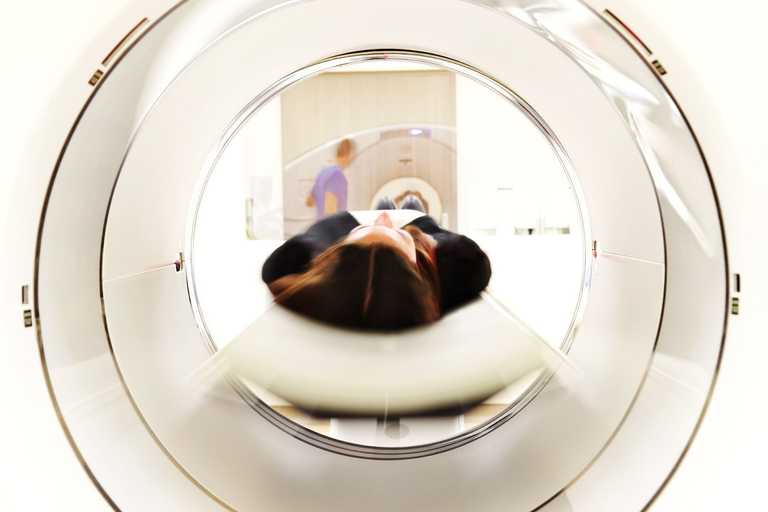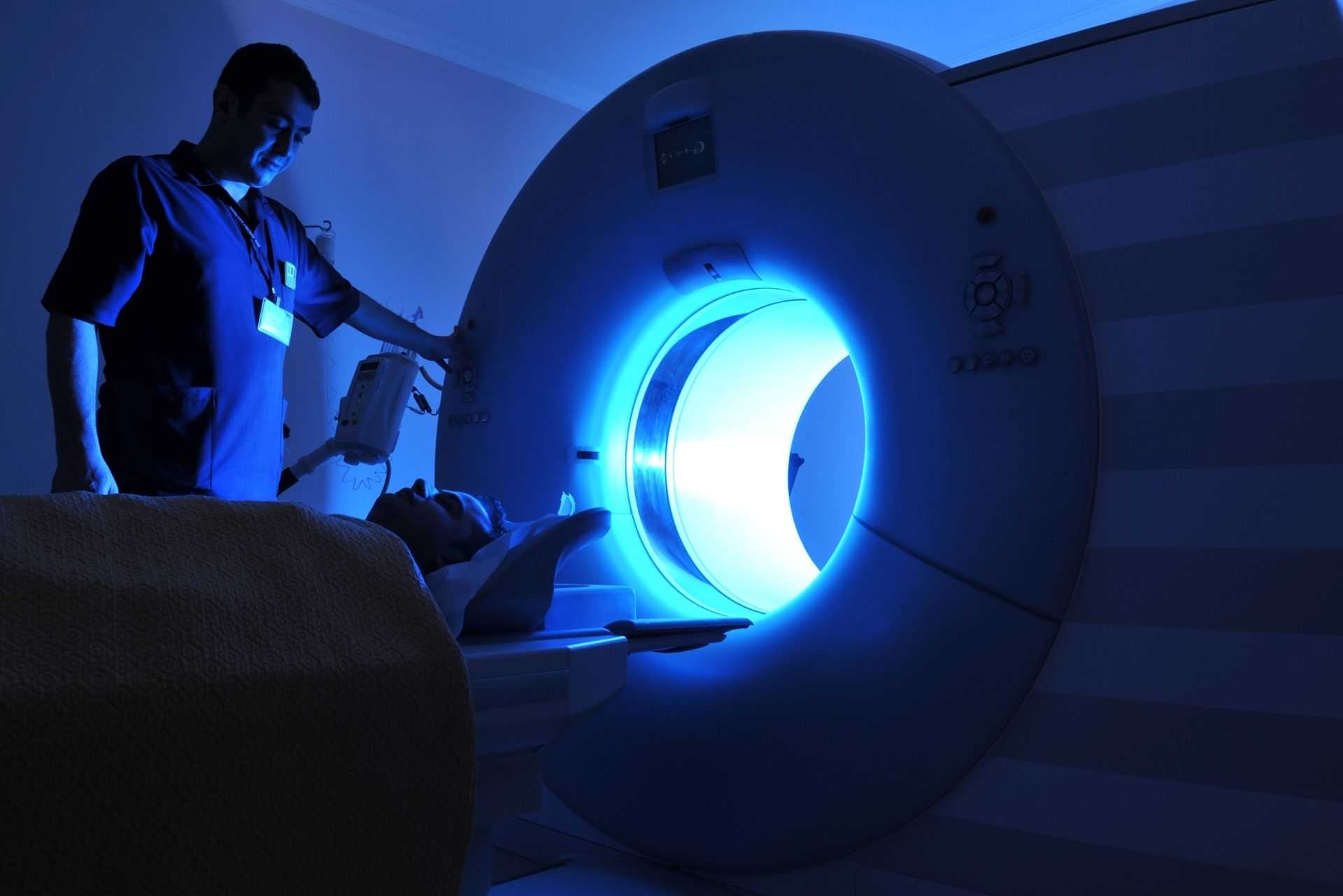
Pain management
Minimising the impact of chronic (persistent) pain on your day-to-day life is obviously paramount for your gen...

The spinal cord is one of the most complex and important structures in the body. If you have ever suffered from back pain, you’ll understand how debilitating damage to this area can be.
Arthritis of the back is a chronic and painful condition that requires careful management. Here the team at Prime Health take a closer look at its diagnosis and the various treatment approaches to help reduce pain.
The spinal cord is a collection of interconnected bones and facet joints commonly divided into five sections – the cervical spine or neck, the thoracic spine and lumbar region (or lower back) and the sacrum and coccyx or tailbone.
Arthritis in the back can affect any area of the spine but it is most common in the lumbar region. According to the latest statistics, around 10 million people suffer from back pain in the UK alone.
The most common cause is osteoarthritis of the spine and this generally occurs in later life because of normal wear and tear. The cartilage between the facet joints or the gaps between the spinal bones is worn down or damaged over time.
Treatment for spinal arthritis can vary depending on the severity of the condition and the cause. It is generally irreversible but there are things you can do to manage the pain and stiffness.
This condition affects the lower back and can be particularly debilitating because it hampers mobility and the ability to move freely. The lumbar spine unfortunately carries most of the weight of the body so when this is damaged it can have a huge impact on the individual.
Spinal arthritis itself is a term that encompasses a wide range of different conditions and getting an accurate diagnosis if you are suffering from long-term pain or discomfort is critical.
The most common type is osteoarthritis of the spine. This often comes down to natural wear and tear and mainly occurs in people over the age of 40. It can become a health problem at an earlier age if, for example, you have a traumatic injury to the back or a joint-related condition such as gout. In most cases, however, it’s a condition that is associated with ageing.
Over time, the cartilage contained in the facet joints that cushion the bones of the lumbar region becomes worn down and damaged. The more rigid bones of the spine may start to rub against each other causing problems such as bone spurs and inflammation.
Less common but still just as painful, rheumatoid arthritis tends to affect people between the ages of 30 and 50. It’s a condition we see more in men and is caused when the natural immune system starts to attack healthy cells and structures in the body.
This usually affects the protective cover around the cartilage first and then damage spreads through the joint cartilage and causes swelling and pain.
Rheumatoid arthritis not only causes back pain but can damage other joints and organs in the body. It’s thought that it affects around 1% of the UK population.
There are other conditions such as ankylosing spondylitis, cervical spondylosis and fibromyalgia that are rarer.
Some forms of spinal cord arthritis pain can be caused by other conditions. For example, people who suffer from psoriasis have an increased risk of developing psoriatic arthritis which inflames joints.
Common health issues like inflammatory bowel disease can also worsen existing problems such as spinal arthritis.
Anyone can develop spinal arthritis. In most cases, it tends to occur as part of the ageing process but lifestyle choices can also be a factor. For instance, people who are overweight tend to put more pressure on their joints, including the lower back.
If they are not very active this puts them at a greater risk of developing spinal arthritis in later life. Lifestyle choices such as smoking can also increase the chance of rheumatoid arthritis.
If you want to reduce your risk of spine arthritis as you age, maintaining a healthy weight and exercising regularly will certainly help.

It’s important to have any chronic condition such as joint pain or a back problem carefully investigated by a skilled medical team.
The most common tools used by physicians are MRI and ultrasound.
Initial diagnosis will involve your GP taking a full medical history and looking at the symptoms to decide whether further tests are needed. They may arrange blood tests that look for rheumatoid arthritis markers or book you for an appointment to have a scan.
One of the most accurate tools for taking images of the body is MRI or magnetic resonance imaging. It is probably the leading diagnostic tool for lower back pain and other degenerative joint diseases.
While other approaches can confirm the presence of, for example, lumbar spine osteoarthritis, the MRI will reveal this in much greater detail. It can be a key tool in exposing severe arthritis and joint inflammation.
Ultrasound is another medical tool that is often used in the diagnosis of spinal pain, particularly if rheumatoid or other inflammatory arthritis is suspected.
The advantage of ultrasound is that devices are widely available and scanning can take just a short time with little or no side effects.
Particularly where inflammatory arthritis is involved, an ultrasound can make diagnosis quicker and speed up treatment while reducing the risk of greater joint damage. Certainly, with degenerative arthritis of this type, the faster treatment can begin, the better the outcomes are likely to be.
Just because you suddenly find yourself suffering from lower back pain, it doesn’t mean that you have spinal osteoarthritis.
A traumatic injury can be caused, for instance, by lifting something heavy. Rest and recuperation usually resolves the problem over a few weeks with careful management.
If your symptoms persist, however, it’s important to have them investigated by your GP and that may involve going for blood tests, an MRI, X-ray or ultrasound. Common symptoms of lumbar arthritis include:
Spine arthritis is a degenerative condition that doesn’t have a cure and the treatment is therefore focused on reducing pain and improving mobility. Lifestyle changes, for example, moving to a healthier diet and taking more exercise can help in some cases.
In the short term, approaches such as pain medications and hot and cold compresses can help alleviate symptoms.
For most people, over-the-counter medications can certainly help with the pain but if these don’t work, your GP can recommend stronger ones. These do, however, come with side effects which need to be taken into account, especially since this is a chronic, long-term condition.
Surgery is generally a very last resort when it comes to spinal arthritis. Techniques that can be used include removing bone spurs and fusing the bones of a joint together. In the majority of cases, physiotherapy, lifestyle changes and pain management are the key treatment options.
Physical therapy plays an important role in managing pain and reducing the impact of arthritis in the back.
Gentle manipulation by a physiotherapist should improve mobility and range of movement while exercises that are designed to achieve the same thing can be performed at home.
For more severe arthritis, you may need to make adjustments to your home or daily living, perhaps working with an occupational therapist.
Steroid injections such as hydrocortisone can help alleviate the more severe symptoms of lumbar arthritis. This involves an intra-articular injection into the joint itself which can sometimes be quite discomforting.
Steroids usually start working within a few days and should give relief over several months. There can be a few side effects such as bruising and the risk of infection at the site of the injection but, on the whole, they are quite safe.
At Prime Health we provide a range of support services for those suffering from arthritis in the back. That includes state-of-the-art imaging and diagnostic tools, highly qualified medical staff in areas like osteopathy, physiotherapy or physical therapy and sports rehabilitation as well as cutting-edge pain relief.
If you would like to find out more about the support we provide for arthritis sufferers, book an appointment with one of our highly experienced Private GPs who can discuss your symptoms and treatment options. Click here to book an appointment.
Minimising the impact of chronic (persistent) pain on your day-to-day life is obviously paramount for your gen...
If a joint or bone problem is stopping you from getting the most out of life, it’s good to know that at Prime ...
Ultrasound-guided steroid injections with Prime Health can help reduce inflammation and provide significant pa...
The highly experienced private GPs at Prime Health are here to keep you healthy. In a fast-moving world, they ...
Prime Health gives you fast access to the latest MRI expertise and 3T technology so you can get diagnosed and ...
If you don’t have a referral from a health professional, you can now easily self-refer for an MRI scan at Prime Health. We offer daily appointments, allowing you to choose a time and date that suits your convenience.



